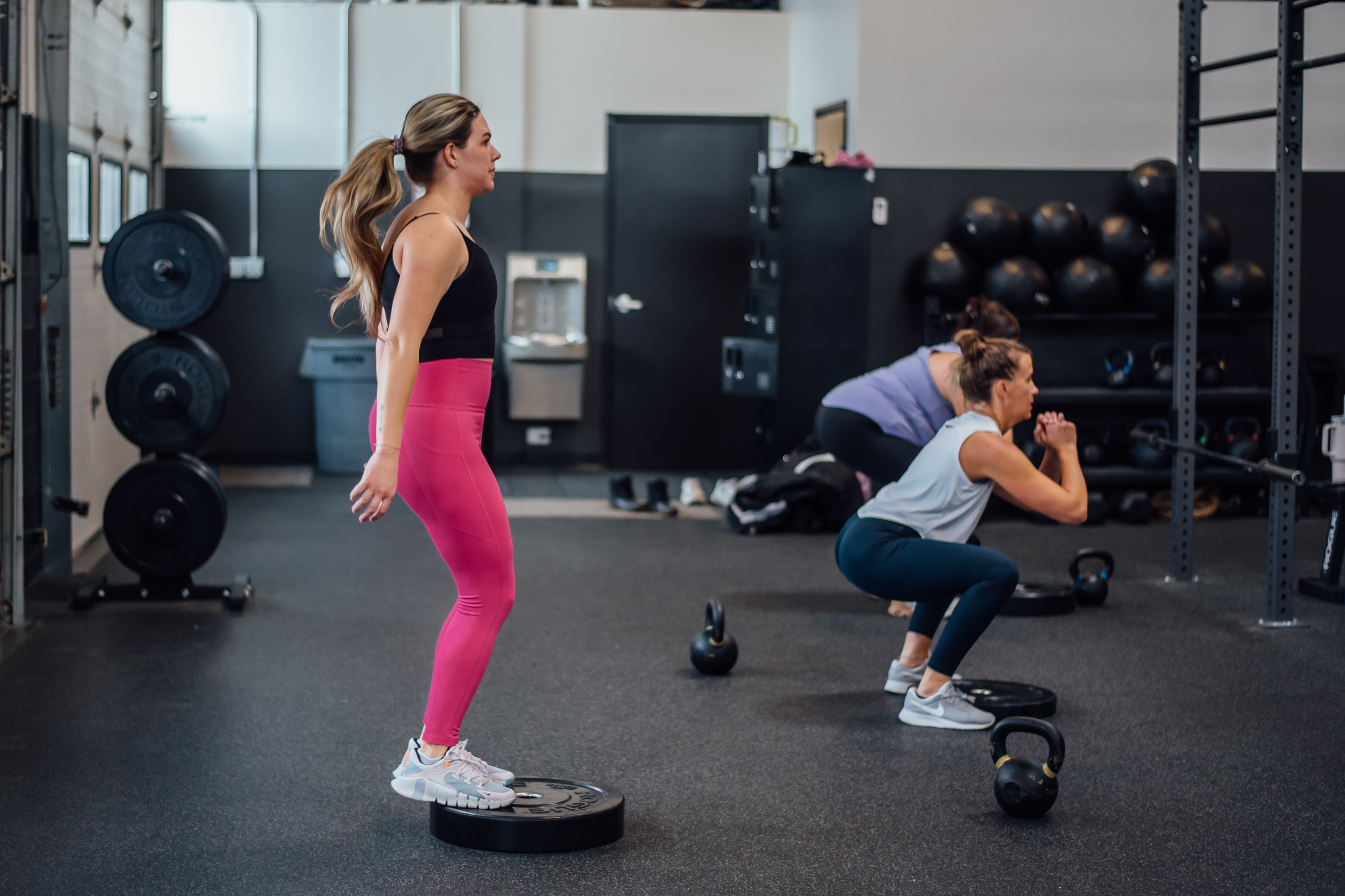Cardiovascular exercise is one of the most effective ways to improve your overall health and fitness.
Whether you’re looking to boost heart health, manage your weight, increase endurance, or enhance your performance, the benefits of cardio are undeniable. It supports blood sugar regulation, strengthens the immune system, helps with sleep regulation, and offers mental health benefits. But did you know that the type of cardio you choose can significantly impact your outcomes, goals, and lifestyle? Let’s dive into two popular forms of cardiovascular exercise—HIIT (High-Intensity Interval Training) and LISS (Low-Intensity Steady State)—and how to use them to your advantage.
HIIT: High-Intensity Interval Training
HIIT is all about short bursts of high-intensity activity, where your heart rate reaches 80-95% of its maximum, followed by periods of low-intensity recovery or rest. These sessions are typically short, ranging from 4-15 minutes, making them perfect for those with tight schedules. Despite their brevity, HIIT workouts pack a punch by engaging both aerobic and anaerobic systems, enhancing power and endurance.
One of the standout benefits of HIIT is its ability to boost metabolism and increase calorie burn even after your workout, thanks to Excess Post-Exercise Oxygen Consumption (EPOC). However, while HIIT is incredibly efficient, too much of it can lead to overtraining, fatigue, and a higher risk of injury. It’s important to balance HIIT with adequate recovery to avoid these pitfalls. HIIT is particularly useful for those looking to break through fitness plateaus or maximize results in a short amount of time.
Sample HIIT Workout for General Fitness:
- 8 Rounds
- 1:00 Work (run, bike, swim, row, burpees, box jumps, etc.)
- 1:00 Rest
SIT Considerations for Perimenopause and Menopause:
For women going through perimenopause or menopause, it’s important to note that HIIT will no continue to be the most effective approach for their goals. Instead, Sprint Interval Training (SIT) can be more beneficial. SIT involves short, intense sprints with longer recovery periods, typically working for no more than 30 minutes. This allows for maximum effort output without the added stress that HIIT might impose during this phase of life.
Sample SIT Workout:
- 5 Rounds
- :20 Sprint
- 2:30 Rest
LISS: Low-Intensity Steady State
On the other end of the spectrum is LISS, which involves steady, low-to-moderate intensity cardio where your heart rate stays around 50-65%. LISS sessions last longer—typically 30-60 minutes—and primarily use the aerobic system, relying on oxygen to fuel the body over extended periods. This type of exercise is gentler on the joints, making it a great option for those who want to improve cardiovascular endurance without the high impact.
LISS is ideal for beginners, those recovering from more intense workouts, or anyone training for endurance events. However, the main downside is that it requires more time to achieve the same calorie burn as a HIIT workout. Plus, without variations in intensity, LISS training can lead to fitness plateaus over time.
Sample LISS Workout:
- 30+ minutes of Walking, Jogging, Biking, Rowing, or Swimming
– – –
The beauty of cardiovascular exercise lies in its versatility. Whether you choose HIIT, LISS, or a combination of both, the key is to align your workout routine with your personal goals and lifestyle. HIIT offers a time-efficient way to boost fitness levels, while LISS provides a more sustainable, low-impact option for long-term endurance. By understanding the benefits and potential drawbacks of each, you can make informed decisions that support your journey to better health and performance.
Stay intentional with your training, and you’ll see the rewards in every aspect of your well-being.






